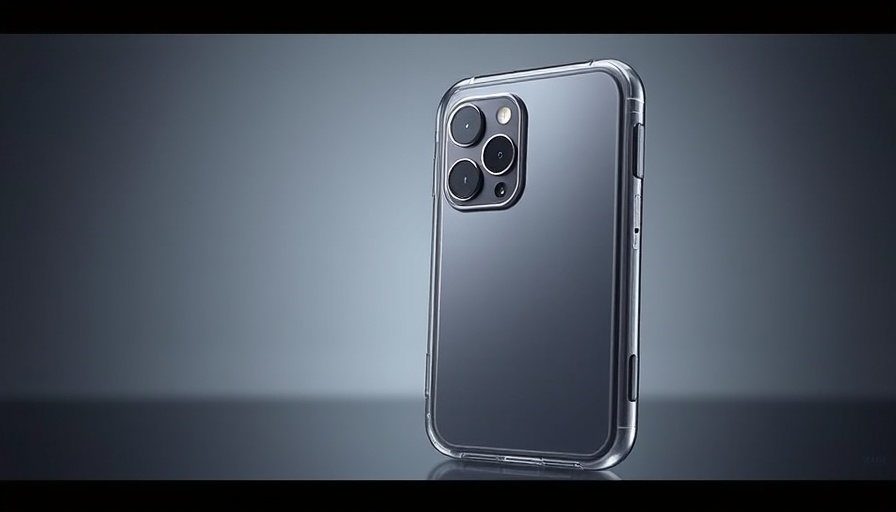
What to Expect from the iPhone 17 Pro Max's Design
Apple has always been at the forefront of smartphone design and technology, and the upcoming iPhone 17 family appears no different. Leaks and reports suggest significant changes, particularly regarding the iPhone 17 Pro Max. A prominent feature of this model is the newly designed camera bar that places the camera lenses in a rectangular configuration across the rear of the phone.
Innovations in Photography
The camera system on the iPhone 17 Pro Max is poised for advancements. Users can expect the same three-lens arrangement as the current iPhone 16 Pro Max but with enhanced functionalities. This model will prioritize photography, as indicated by reports showing improvements in camera technology that allow for better low-light performance and detailed imaging.
The Camera Bar: A Design Shift
The camera bar's design is not only about aesthetics; it creates a unique space for the flash and additional sensors. Unlike the camera islands seen on other smartphones like the Google Pixel series, Apple's new approach aims to integrate these features more seamlessly into the overall design of the phone. This move is emblematic of Apple's strategy to elevate the iPhone 17 series and its focus on consumer technology innovation.
What This Means for Consumers
For fans of Apple and the iPhone, these new features mean an even more advanced device that's built with photography enthusiasts in mind. The fundamental question consumers will have is whether these enhancements will enhance their daily use or simply serve as another sales pitch. Regardless, the focus on imaging capabilities hints at Apple's ongoing commitment to quality, setting a new standard for what consumers can expect from a smartphone.
As Apple prepares to announce the iPhone 17 series this September, tech enthusiasts and consumers alike should stay tuned for further details. Will the enhancements justify an upgrade? It’s a question worth watching as more design details seep through in the coming months.
 Add Row
Add Row  Add
Add 




Write A Comment